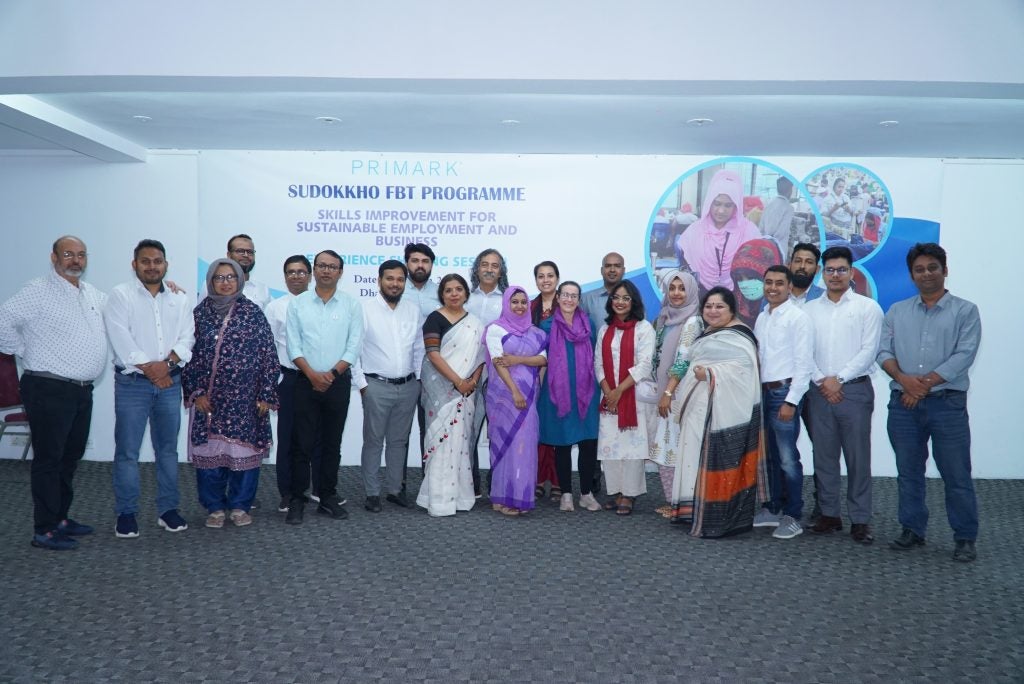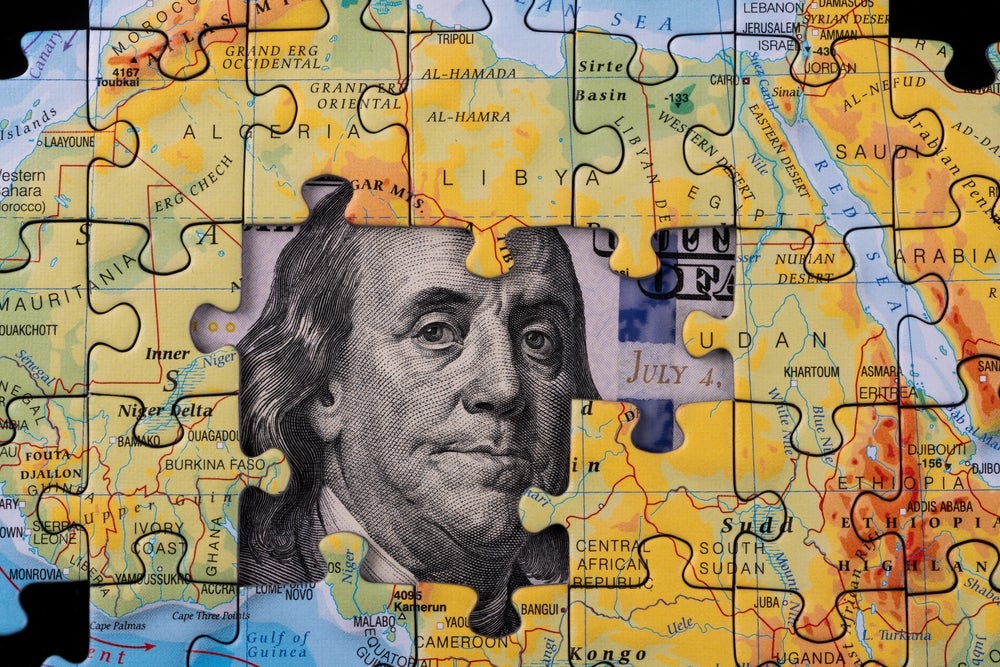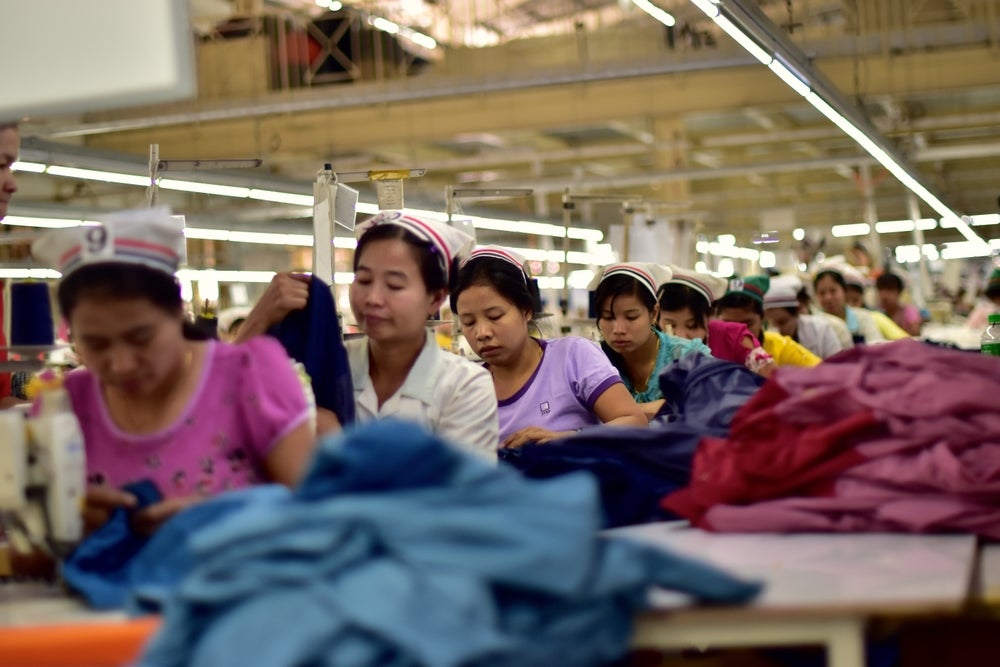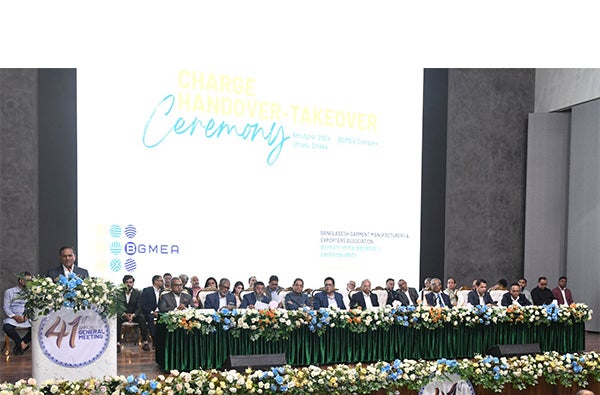
With decent working conditions eluding Bangladesh’s booming leather industry, an advocacy group has suggested forming a tripartite body involving the government, manufacturers and unions to help improve the sector’s health and environmental safety standards.
Modelled after the efforts that have been made in the country’s ready-made garment industry, such a tri-party consultation committee would discuss the development of a leather sector whose safety and environmental records remain patchy, except for export-oriented units.
In a baseline study, the Dhaka-based Occupational Safety, Health and Environment Foundation found that some 61% leather workers suffer from health and accidental problems such as burns, muscle and joint pain, coughs, allergies, breathing difficulties and poor eyesight. This stems from exposure to leather chemicals and the hazardous and arduous work involved in making leather goods.
“This industry is below the minimum standards of decent work. More needs to be done to take it to the satisfactory level,” AR Chowdhury Repon, the foundation’s executive director, told just-style.
These conclusions follow a study conducted in October and November last year among 105 leather sector workers from the tannery, leather goods and footwear sub-sectors.
How well do you really know your competitors?
Access the most comprehensive Company Profiles on the market, powered by GlobalData. Save hours of research. Gain competitive edge.

Thank you!
Your download email will arrive shortly
Not ready to buy yet? Download a free sample
We are confident about the unique quality of our Company Profiles. However, we want you to make the most beneficial decision for your business, so we offer a free sample that you can download by submitting the below form
By GlobalDataSee Also:
Claims disputed
They are however are disputed by Kazi Roushan Ara Shumi, executive director with the trade group Leathergoods and Footwear Manufacturers & Exporters Association of Bangladesh (LFMEAB), who insists the proportion of workers suffering from occupational diseases, injuries and accidents in the leather goods and footwear sector in a given year is no more than 15% to 20%.
She adds the industry has a proactive health policy for leather sector workers, who it covers with health insurance.
Moreover, she says three association members were recently honoured by the government for good practices in occupational safety and health.
In April, Apex Footwear Ltd, Maf Shoes Ltd and Picard Bangladesh Ltd were awarded with a ‘Good Practice Award-2019’ by the country’s ministry of labour and employment for ensuring occupational safety and health in their respective factories.
Chittagong-based Maf Shoes says it is focused on building its reputation as a good manufacturer, which cares about its employees’ health and safety. “Emphasis on human safety is intended to protect the institution and enhance its goodwill,” Ataur Rahman, deputy general manager of the company, told just-style.
The company makes sure each worker wears special masks, gloves, protective shoes and glasses while handling chemicals, and every two to three years workers undergo health screening. It also places importance on fire safety as such incidents are “media soups,” Rahman says.
This nine-year-old company, which turns over US$4m a year, makes 12m pairs of shoes annually and sells mostly to the European Union market. France alone buys 30% of its products ranging from athletic shoes to sandals and slippers.
Despite such work, Repon recommends dedicated labour inspectors be appointed for the leather sector, and that functioning OSH committees be created in all its enterprises.
Leather sector monitoring
And the government is to increase its attention. “We’re bringing the leather sector under our monitoring,” Shib Nath Roy, inspector general of the state-run Department of Inspection for Factories and Establishments (DIFE), told just-style: “Like garments, we’ll work on this sector.”
This will be welcome for OSH specialists such as Marnie Dobson, assistant adjunct professor of the Center for Occupational and Environmental Health, at the University of California, Irvine, who says Bangladesh should better regulate dangerous substances in the leather industry and stage greater oversight and inspection of manufacturers.
She argues the major western corporations that outsource leather products from Bangladesh and believe in the “importance of healthy work for all their employees” should require overseas subcontractors to adhere to corporate health and safety standards.
Asked if caring about workers’ safety has economic sense, she notes that unhealthy work can lower productivity and boost absenteeism. “Workers are costly to replace,” she told just-style.
Leather is Bangladesh’s second-largest export-earning sector after ready-made garments, employing 129,000 people. Shipments of leather, leather goods and footwear, however, slumped by 9% to US$771.69m in July-March of the 2018-2019 financial year compared with the same period a year earlier, the government’s latest data shows.
The United States, Europe and Japan are among major markets for Bangladeshi shoes, jackets, belts and other leather accessories.








